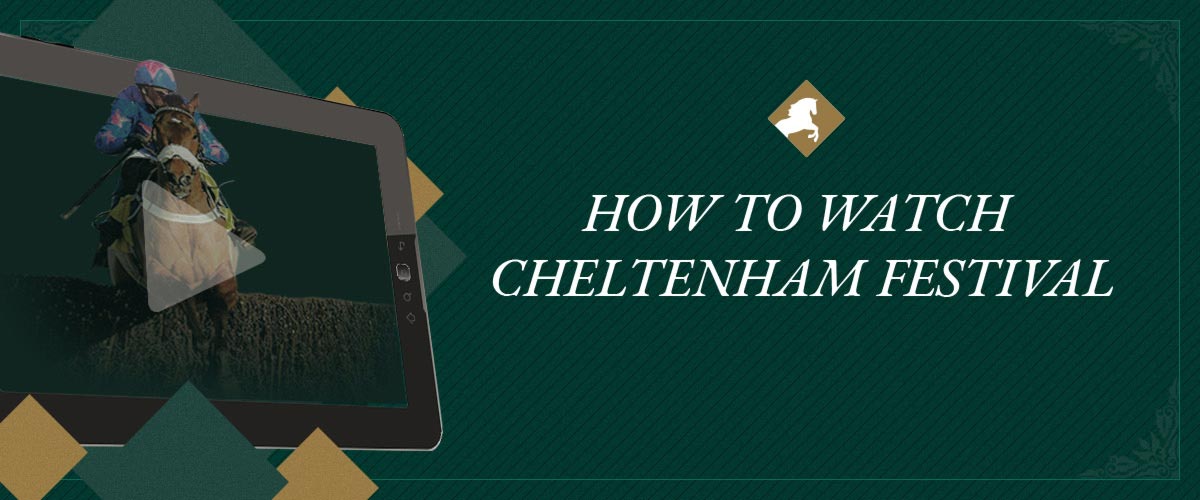Commercial content | New Customers Only | 18+
If you are new to horse racing, chances are that you are wondering how to correctly read a race card. At first glance, the card itself may be very confusing to any newcomer. Luckily for you, this short article will inform you on how to read a race card. Before you know it, you will be the one teaching your friends and boasting with your newly found knowledge.
How To Read a Race Card for Horse Racing?
The card comes as a booklet with the necessary information regarding the whole event. It usually contains the name of the venue, race tracks and the time and date of races. By opening the card, you will be introduced to the brief history of the event together with short information about the people in charge of the event or even the map of the venue. As informative as it is, it will not help you learn how to read a race card, so you would want to go further where you can find the race breakdown that consists of various abbreviations.
The first bit of information will explain which horses are eligible to participate, while the second focuses on the race itself and will look similar to this:
Winner: £5,000 – Runners: 10 – Distance: 3 m – Going: Good – Channel: ATR
The first part refers to the prize money awarded to the winner. Runners is the number of participants, distance is the length of the race, going refers to the ground, while the channel says if the event is televised or not. In this instance, ATR stands for At the Races.
Cheltenham Race Card Guide 2022
There is a ton of information packed into every card. Most of the info, however, comes with abbreviations. For a novice to horse racing, it is as confusing as it gets, while even someone with more experience might have a hard time remembering what every bit of information means. For sure, it is not as easy as to compare all the Cheltenham sign up offers available. Despite that, by knowing the used abbreviations, you will learn how to read a race card.
The following explains the state of the racing track, specifically the weather prior to the race, for example, whether it was raining and for how long. Based on that, the terrain is separated into the following categories:
- Hard to Firm
- Good to Firm
- Good
- Good to Soft
- Soft
- Heavy
The jockey, trainer and horse details section will often display the horse’s number, its birthplace, and also show the number of days since its last race. If the booklet is printed in colour, it will illustrate the jockey’s silks.
Following all that, you can find about the history of the horse starting by its colour.
- B – Bay
- Br – Brown
- Ch – Chestnut
- Gr – Grey
Horses sex is denoted as follows:
- c – colt
- h – horse
- g – gelding
- f – filly
- m – mare
It is followed by the birthplace of three more horses, Sire, Dam and Damsire or father, mother and grandfather, respectively.
The form will inform you about the most recent history of the horse’s record, and it is usually written as 14-23d, for example. In this instance, it means that the horse finished first, then fourth, then second, then third, and was disqualified in its most recent race. The dash symbol – between 14 and 23d tells it’s a different year, while 14/23d would mean that the last three races were during a new season. Abbreviations here mean the following:
- B – Brought down
- U – Unseated rider
- P – Pulled up
- R – Refused
- d – Disqualified
- O – Unplaced
- C – Won the course in the past
- D – Won on the distance in the past
- CD – Won both on the distance and the course in the past
- BF – The horse was favourite but lost
The information is followed by stars that range from one to five stars. One star implies that the horse has slim chances of winning, while five stars make the horse favourite to win.
Conclusion
Cheltenham Festival races span over four days: the Champion Day, the Ladies Day, St. Patrick’s Day and the event concludes with the Gold Cup Day. As you can see, there is nothing overcomplicated when it comes to learning how to read a race card. It is important to remember that not every card is the same and not every card includes the same bits of information. However, as long as you use our article as guidelines and remember the majority of abbreviations included, you will never have to wonder about how to read a race card. The only thing left to do is place your first wager.
Other tips and “how-to” are available on cheltenhamguides.com




